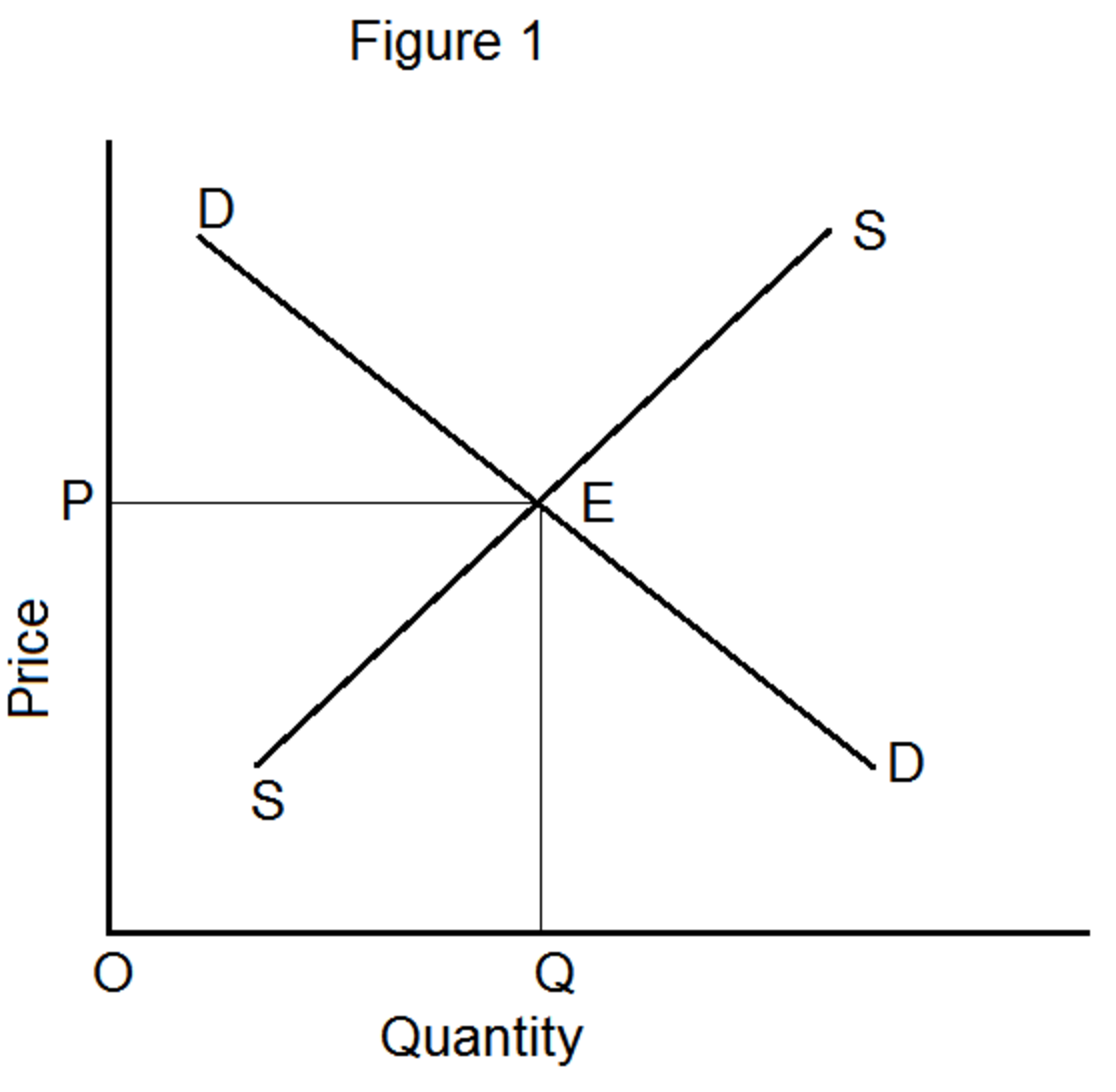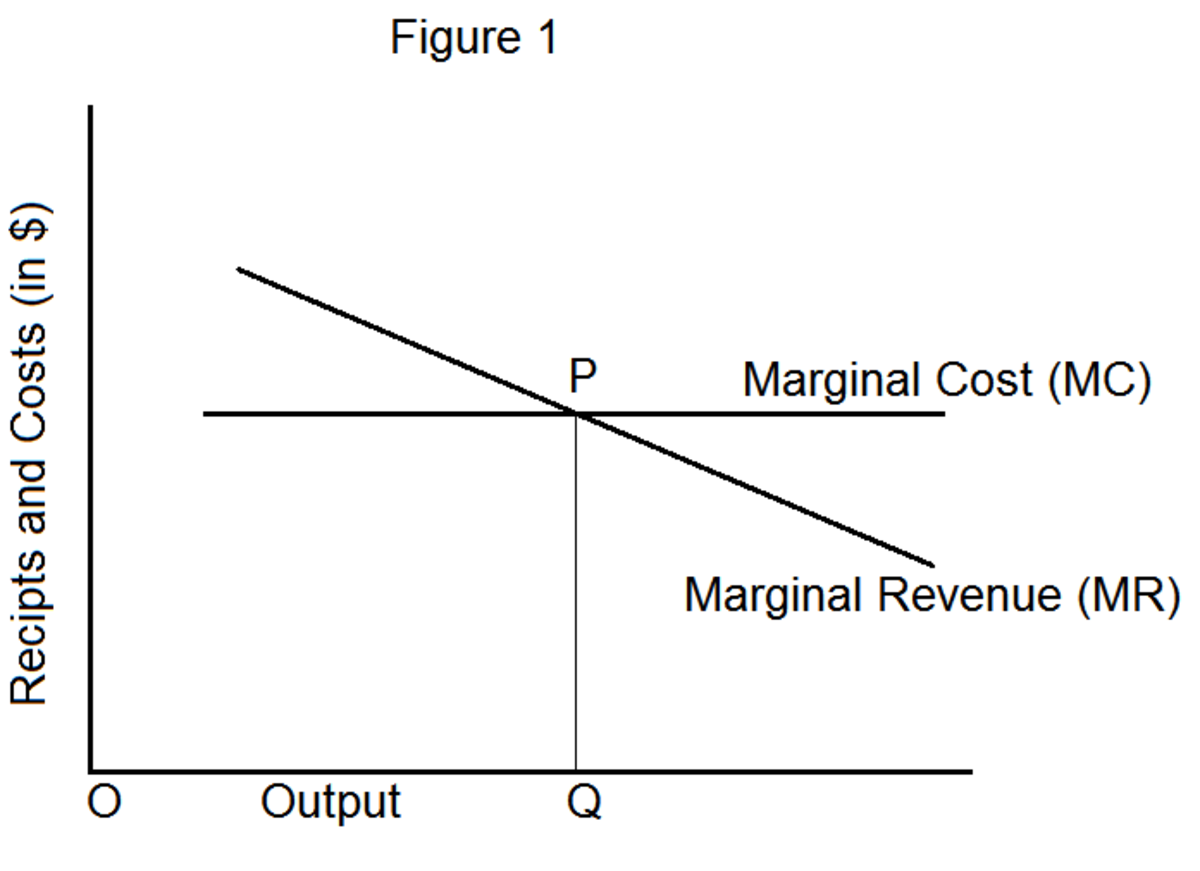MONOPOLISTIC COMPETITION
Perfect competition and monopoly represent two extreme market structures which do not cover all of the economic activity that prevail today. We have seen that perfect competition occurs when identical goods are made by a large number of producers and there is absolutely free entry to the industry. Monopoly, the opposite market condition exists where a good which has no close substitutes is made by a single producer who can prevent competitors from entering the market. Most firms involved in production, distribution and retailing of consumer goods and services, however, come under market structures which are partly competitive and at the same time partly monopolistic. We can therefore say they are intermediate market structures between perfect competition and monopoly. What mostly prevails in the real world is a situation where firms have some level of monopoly power over the goods and services they produce and at the same time compete with one another because the products they produce are similar, though not identical, that is to say they produce substitute goods. The market structure of monopolistic competition falls under this description.
An American Economist, Edward H. Chamberlin was not satisfied with the two extreme market structures of perfect competition and monopoly. This led him to develop a theory of market structure called monopolistic competition in the early 1930s. Monopolistic competition is a market structure in which potential producers are free to enter the market and there are many sellers but in which each firm sells a product somewhat differentiated from others, thus giving each firm some control over its price.
CONDITIONS NECESSARY FOR THE EXISTENCE OF MONOPOLISTIC COMPETITION
i. There are many seller of similar but not homogeneous products, that is to say the products are not identical, though they are similar. In other words there is product differentiation. For example Milo and Bournvita. Such substitute products, though similar, are not identical because of the different brand names. Sometimes the product differentiation is due to the packaging, trademarks, advertisement etc. This gives the producers some level of monopoly over the supply of their particular brand of product. The many sellers in the industry means there would be competition.
ii. There is also assumption of free entry and exit. If firms in the industry have high profit margins, competitors may enter the industry to increase the supply in the industry, thereby reducing the profit or competing the profit off completely. On the other hand firms losing may leave the monopolistically competitive industry. This is especially so when there is easy mobility of factors of production.
iii. Each firm faces its own small market and has a downward sloping demand curve (just as we have in monopoly). This is due to product differentiation which is mostly as a result of packaging, trademarks or brand names.
iv. Firms in monopolistic competition are rivals since they produce somewhat similar products. By implication, they would make use of similar factors of production. We therefore assume they have identical cost curves.
The equilibrium of the firm in monopolistic competition, like any other market structure, is attained when marginal cost (MC) equals marginal revenue (MR). The level of profit the monopolistically competitive firm earns in the short run equilibrium, when MC = MR depends largely on how efficient the management of the firm is in increasing the market share of the firm through sales promotion. Some firms would be better endowed with skilled personnel in achieving this aim. In addition, firms in the short-run can only increase production by employing additional variable inputs on the fixed input. (see Production in the short-run ). Depending on the efficiency of the inputs, some firms can perform better than others. It is therefore obvious that some firms can reap supernormal profits, others normal profits and the less fortunate ones suffering losses, although the losing firm could get a price which would cover the cost of the variable inputs (the operational cost), in the short-run.










